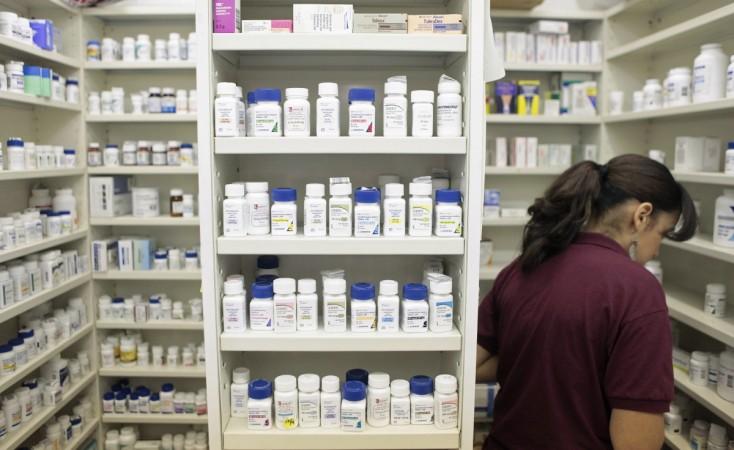
New data released by the National Health Accounts, published earlier this week after a decade since its last estimates, reveals the flow of resources in India's healthcare sector and on health finances.
The findings of the data contradict the recommendations made by the Draft National Health Policy 2015, which said that "unless a country spends at least 5-6 per cent of its GDP (Gross Domestic Product) on health and the major part of it is from government expenditure, basic healthcare needs are seldom met."
For the year, 2013-14, India's contribution to the total healthcare expenditure (THE) was Rs. 4.5 lakh crore, which amounts about to 4 percent of GDP.
Of the total amount of Rs. 4.5 lakh crore, current health expenditure (CHE) constituted Rs. 4.2 lakh crore (93 percent), while around Rs. 31,900 crore (7 percent) went to capital expenditure.
Where do the financial resources come from?
The dominating trend identified through the data suggests that about 73 percent of contribution to health finance originates through Indian households. About 69 percent of the total money circulating in Indian healthcare has been paid through out of pocket (OOP) payments.
"I cannot think of any other country, except Myanmar, where OOP is this huge. This is a huge concern," Dr Sakthi Selvaraj, health economist and a member of the expert group that had put together the NHA estimates, was quoted saying to the Hindu.
While many scholars, including Amartya Sen, Jean Dreze, have prescribed increased government spending on healthcare, something that would also decrease OOP payments, members of the bureaucracy cite a paucity of resources. India's spending is in fact one of the lowest among the BRICS nations. Only 1.15 percent of GDP and 30 percent of CHE was spent on healthcare.
"There is not much point in saying that government expenditure on health should be increased to 2.5 per cent of GDP, unless you also explain where those extra resources will come from…Unless as a country, given the paucity of resources. we have a consensus on what is our priority, a statement [increasing public spending to 2.5 per cent of GDP] like that, to me, is operationally not very meaningful." Bibek Debroy, member of NITI Aayog was quoted saying in a conference regarding health data organised by the Observer Research Foundation in July 2016.
Which healthcare providers get the money?
About 35.7 percent amounting to Rs. 1.5 lakh crores, a third of all money was spent in pharmacies.
21 percent amounting to Rs. 88.5 thousand crores was spent in private hospitals, almost double compared to that of government hospitals which consume 41.7 thousand crores (9.9 percent).
6.7 percent amounting to around Rs. 28 thousand crores was spent in labs and medical diagnostics.
What goods and services are being consumed?
Spending on outpatient care (including both general and special treatment) of about 45 per cent is more compare to the 35 percent in inpatient care.
While the lion's share (80.4 percent) of current expenditure on curative care is estimated at Rs 3.4 lakh, only a meagre 9.6 percent – Rs. 40.6 thousand crores – is spent on preventive care. Rs. 19 thousand crores (4.5 percent) was spent in patient transportation.
All the government-funded national health programmes such as the National Disease Control Programmes are covered under this category with the exception of spending on sanitation or providing access to clean drinking water.
(All visualisations talk about distribution of CHE – Rs. 4.2 lakh crore – under various heads. The size of the circle corresponds to the amount. )

















